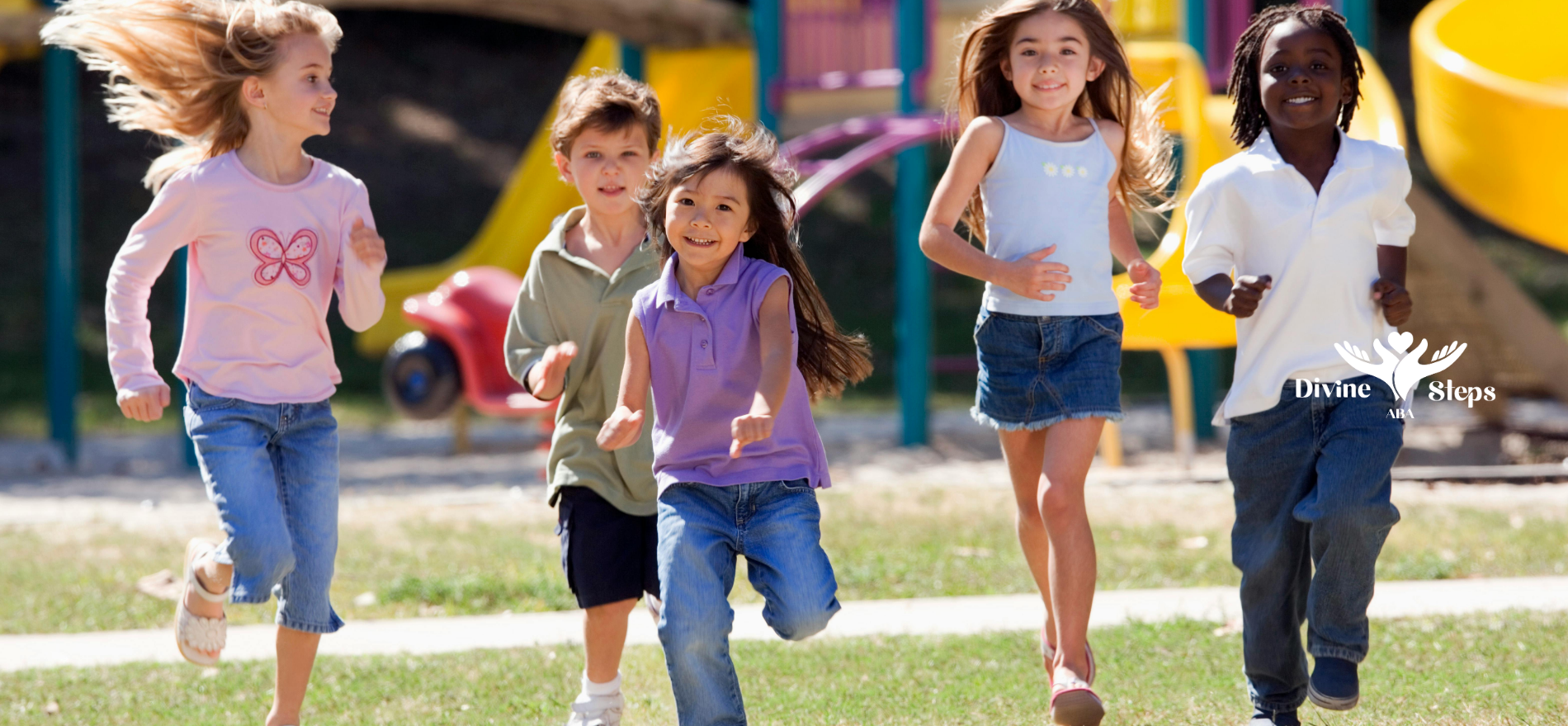Website by CWS
Why Do Autistic Kids Have So Much Energy? Insights & Solutions
Many parents of autistic children notice their child seems to have endless energy. This high activity level is often linked to how autistic individuals process sensory input. For some, movement helps organize overwhelming sensations; for others, it’s a way to express excitement or self-regulate emotions.
Autistic children may exhibit behaviors such as jumping, spinning, pacing, or flapping their hands when overstimulated or excited. These repetitive movements, often called stimming, help them stay calm and focused. In other cases, what looks like “too much energy” is actually difficulty managing impulses or attention—especially when autism overlaps with ADHD traits.
To support your child, create structured opportunities for movement. Activities like swimming, swinging, or yoga can help release energy in healthy ways. Build consistent routines and offer sensory breaks to prevent overload.
Through ABA therapy, children learn how to recognize their energy levels, use appropriate outlets, and build attention for learning and play.
At Divine Steps ABA, we understand every burst of energy has a purpose. Our compassionate programs help children channel their movement into growth, confidence, and joyful learning experiences.
Frequently Asked Questions
Why do autistic kids seem to have so much energy?
Many autistic children have high activity levels because of sensory needs, excitement, or challenges with self-regulation.
Is hyperactivity part of autism?
Yes, hyperactivity is common and may overlap with ADHD traits—especially when children seek constant movement or stimulation.
Can sensory overload make them seem more energetic?
Absolutely. When overwhelmed, some children release energy by moving, jumping, or fidgeting as a way to self-regulate.




